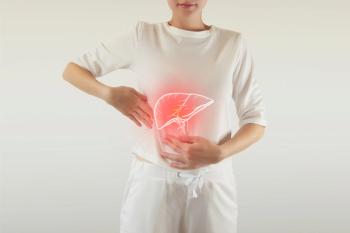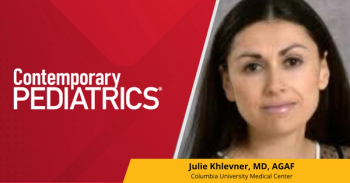
Testing the safety of bezlotoxumab to treat C difficile in children
Recently published data of bezlotoxumab dosing and safety in children with C diff was basis for expanding approval from just adults to as young as 1 years old.
The approved use of bezlotoxumab in treating Clostridioides difficile infection (CDI) in adults was expanded in May 2023 to children as young as 1 year of age based on the recently published
The monoclonal antibody bezlotoxumab does not exert antimicrobial activity, but binds to, and neutralizes C difficile toxin B, and is used in conjunction with antibiotic treatment to reduce or prevent recurrence of CDI in those at high risk.
Although many of the risk factors for CDI are similar in pediatric and adults patients, several are strongly associated with pediatric risk for recurrent infection, including malignancy, inflammatory bowel disease and immune suppression, according to lead author Thomas Sferra, MD, Department of Pediatrics, UH Rainbow Babies & Children's Hospital and Case Western Reserve University School of Medicine, Cleveland, OH, and colleagues.
"Although CDI more frequently affects adults, and mortality in high-risk patients is strongly associated with advanced age, a minority of cases occur in susceptible pediatric patients," Sferra and colleagues point out.
In the double-blind, placebo controlled study (MODIFY III), 148 hospitalized children age 1 to <18 years with suspected or confirmed CDI and standard-of-care antibiotic treatment were randomized 3:1 to receive a single intravenous infusion of bezlotoxumab 10mg/kg (corresponding to adult dose), or placebo infusion of saline or dextrose.
Data on the drug kinetics were determined from four post-dose serum samples, and the course of the infection was assessed approximately 48 hours after the last antibiotic dose. Tolerance of the drug was determined in post-infusion visits on day 10 and weeks 4, 8 and 12. The data were analyzed within two age subsets: 1 to <12 years, and 12 to <18 years.
Sferra and colleagues report that data in pediatric participants were similar to the historical data from adults, with pharmacokinetic calculation of drug serum level/time as area under the curve (AUC) falling within clinical comparability bounds (0.6-1.6) for both pediatric age cohorts. The corresponding results for maximum serum concentration as well as the terminal half-life were also comparable for each age cohort and to historical data in adults. Drug clearance and volume of distribution were generally comparable for each age group.
The investigators found no clinically meaningful trends in bezlotoxumab exposure with body weight or age, which supported the choice to apply the adult dose proportionally to the body weight in the pediatric population.
The overall incidence of adverse events was reported as "generally comparable" with drug and placebo, and there was no drug discontinuation because of adverse events.The most commonly encountered drug-related event was increased liver enzymes (ALT and AST), which was characterized as mild, and resolved during the follow-up period. The most frequently reported adverse events were febrile neutropenia (bezlotoxumab 21.5%, placebo 30.6%), pyrexia (17.8%, 30.6%) headache (14.0%, 22.2%) and vomiting (13.1%, 22.2%).
"Among pediatric participants with CDI, a single intravenous infusion of bezlotoxumab had a pharmacokinetic profile similar to that observed in adults and was generally well tolerated, with a safety profile similar to placebo," Sferra and colleagues concluded.
Newsletter
Access practical, evidence-based guidance to support better care for our youngest patients. Join our email list for the latest clinical updates.














